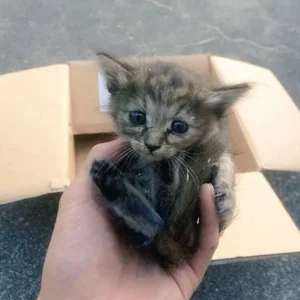Are you tired of dealing with the most common litter box problems? The constant smell, the mess, and your cat’s refusal to use it properly can be frustrating. But don’t worry, we’ve got you covered!
In this article, we will address these issues head-on and provide you with practical solutions that actually work. From litter box aversion to inappropriate elimination, overcrowding to unwanted odors, tracking litter to aggressive behavior – we have seen it all.
Our goal is to help you create a clean and stress-free environment for both you and your furry friend. So get ready to say goodbye to those litter box woes as we guide you through the steps needed to encourage proper litter box use.
Let’s dive in and solve these problems once and for all!
Litter Box Aversion
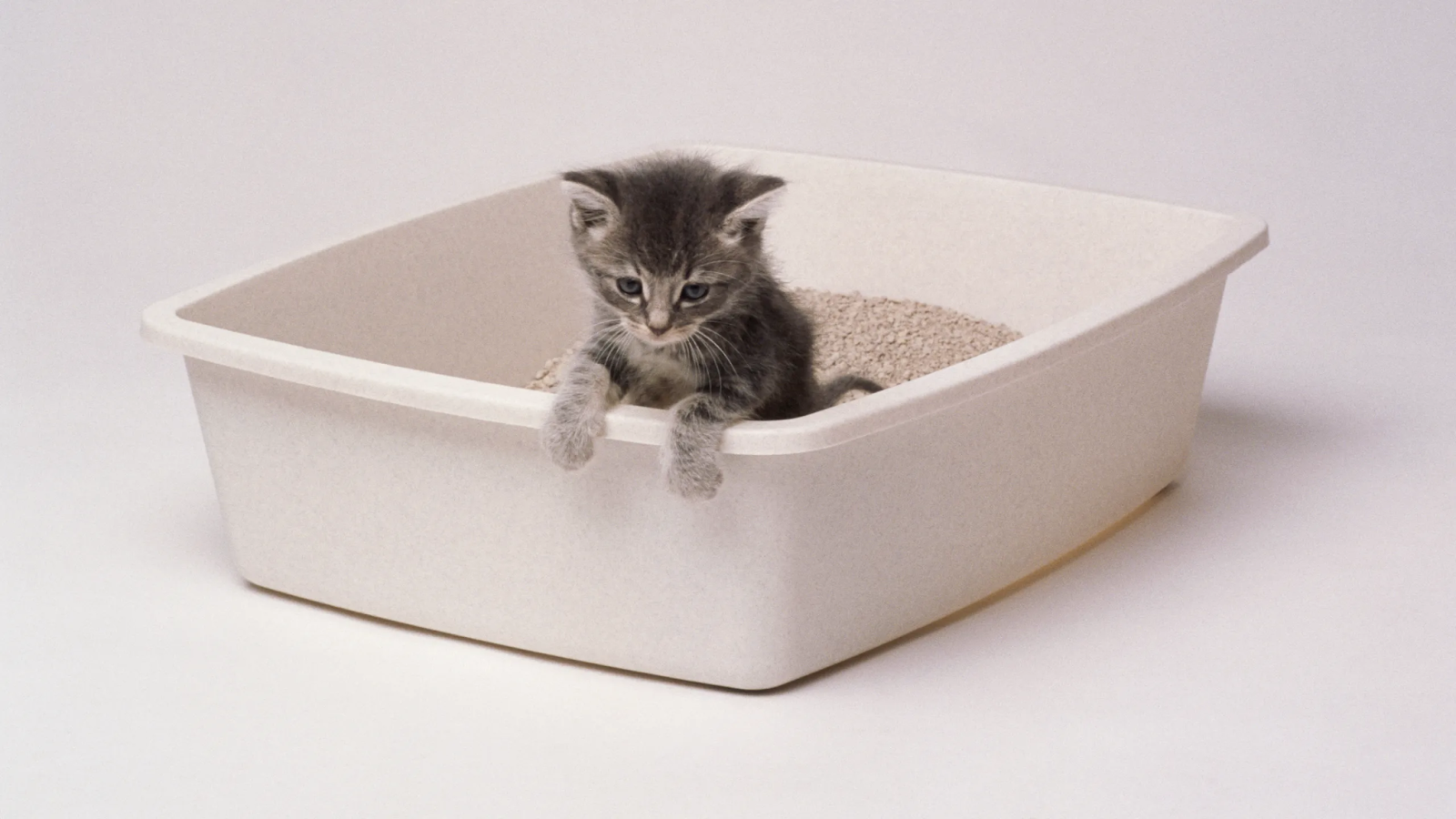
If you’re experiencing litter box aversion, it’s crucial to identify the underlying cause in order to effectively address the issue. Litter box training is an essential part of a cat’s life, and if they are avoiding the litter box, it could be due to several reasons.
One common cause is the location of the litter box. Cats prefer quiet and private areas for their business, so make sure the litter box is placed in a secluded spot away from noisy appliances or high-traffic areas. Additionally, consider using unscented litter as strong odors can deter cats from using the box.
If your cat continues to avoid the litter box despite these adjustments, it may be a sign of inappropriate elimination, which we will discuss in detail next.
Inappropriate Elimination
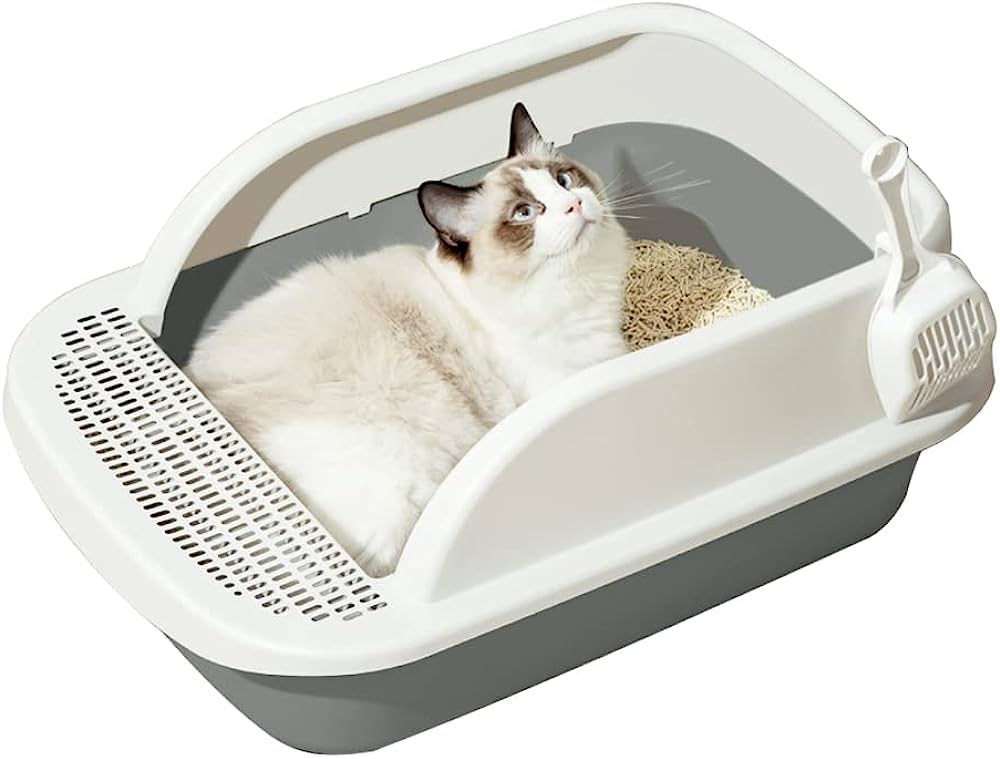
If your cat is eliminating outside of the litter box, it’s important to rule out any medical issues that may be causing this behavior. Take your cat to the veterinarian for a check-up to ensure there are no underlying health problems.
Additionally, make sure to clean up accidents properly using an enzymatic cleaner to remove any lingering odors and prevent repeat offenses.
Lastly, use positive reinforcement and behavior modification techniques to encourage your cat to use the litter box consistently. Reward them with treats or praise when they use the appropriate area and consider providing multiple litter boxes in different locations throughout your home.
Rule out any medical issues
Before jumping to conclusions, it’s important to rule out any medical issues when troubleshooting common litter box problems. Inappropriate elimination can be caused by various factors, including urinary tract infections, bladder stones, or even arthritis that makes it difficult for your cat to get in and out of the litter box.
If your cat is suddenly avoiding the litter box or showing signs of discomfort while using it, it’s crucial to take them to the vet for a thorough examination. Once you’ve ruled out any medical issues, you can then focus on addressing other potential causes such as litter box hygiene or lack of proper training.
By ensuring a clean and comfortable environment for your cat and providing adequate litter box training, you can minimize the chances of accidents happening again. Properly cleaning up accidents is essential to prevent repeat offenses and maintain a healthy litter box routine for your feline friend.
Clean up accidents properly to prevent repeat offenses
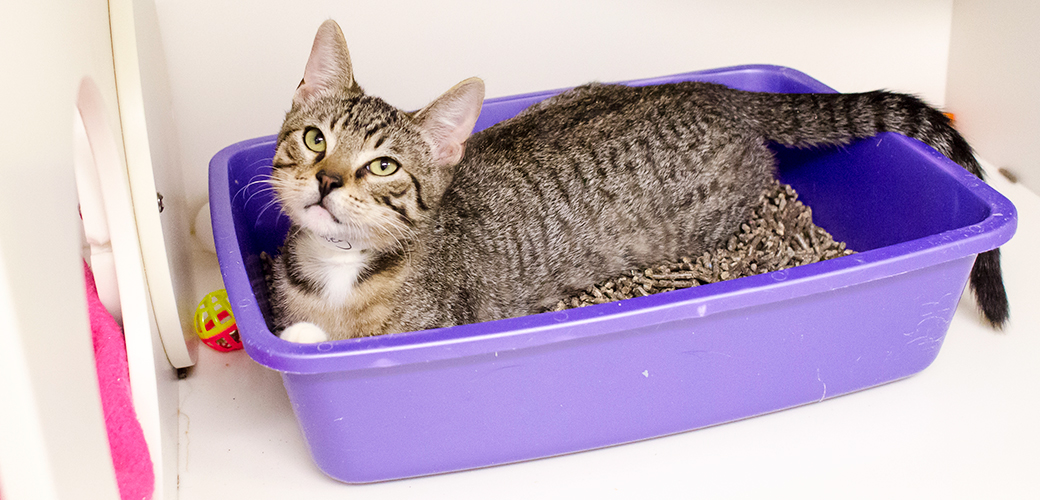
To prevent a repeat offense, make sure you clean up accidents properly. When your cat has an accident outside the litter box, it’s important to act quickly and thoroughly.
Start by removing any solid waste and blotting up any urine with paper towels or a cloth. Then, use an enzyme-based cleaner specifically designed for pet accidents to eliminate any lingering odors. Avoid using ammonia-based cleaners as they can actually attract your cat back to the same spot.
Additionally, consider placing a litter box near the area where accidents have occurred to encourage your cat to use it instead. By preventing accidents and implementing proper training techniques, you can help your cat develop good litter box habits.
Now let’s move on to positive reinforcement and behavior modification techniques for further success in this matter without skipping a beat.
Use positive reinforcement and behavior modification techniques
You can effectively train your cat to use the litter box by utilizing positive reinforcement and behavior modification techniques that will make the process enjoyable for both you and your feline friend. Here are some strategies to help you achieve success:
Reward your cat with treats or praise every time they use the litter box correctly.
Use clicker training, where a clicking sound is made when your cat uses the litter box, followed by a treat.
Make sure the litter box is easily accessible and in a quiet, private location.
Clean the litter box regularly to keep it appealing and odor-free.
Consider using pheromone sprays or diffusers to create a calming environment.
By implementing these positive reinforcement techniques and effective behavior modification strategies, you can encourage your cat to consistently use the litter box. This will help prevent accidents and ensure a clean and comfortable space for them.
Now let’s discuss how an overcrowded litter box can cause problems for your cat.
Overcrowded Litter Box
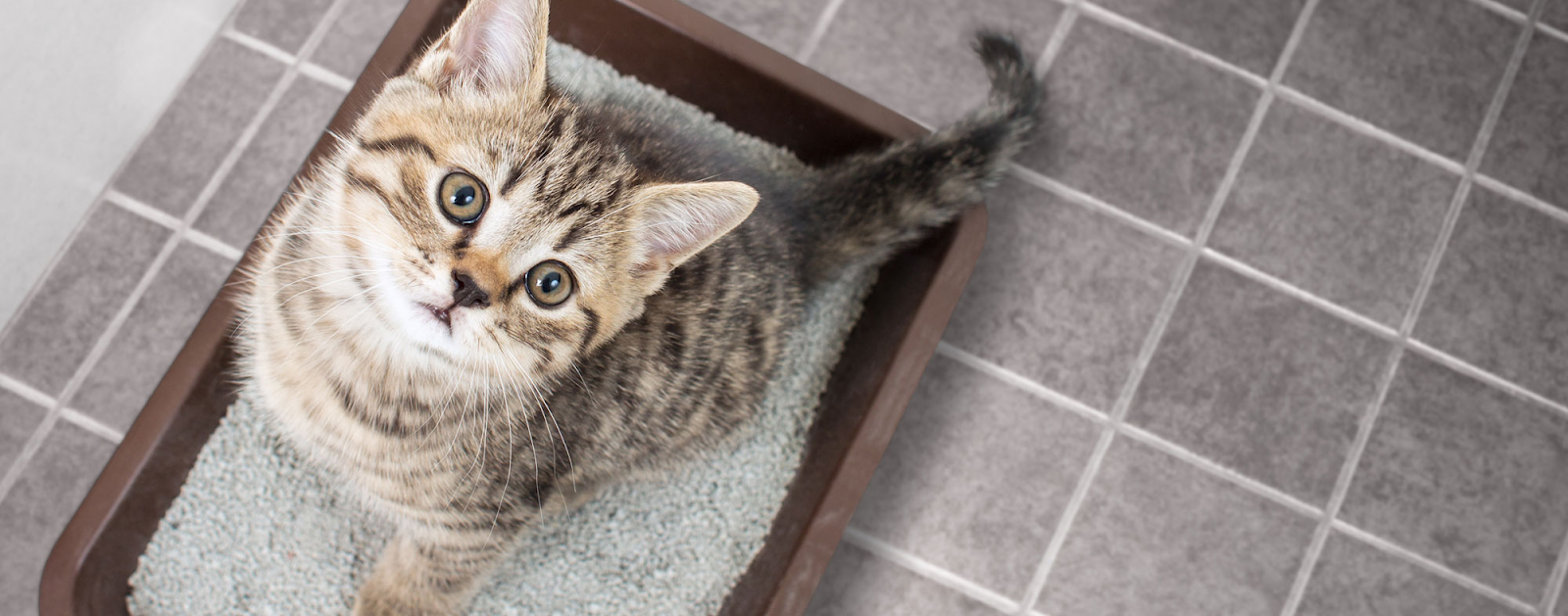
Don’t let your litter box become a cramped and chaotic space for your furry friend. An overfilled litter box can cause stress, discomfort, and even health issues for your cat.
If you have multiple cats, it’s important to provide enough litter boxes to avoid overcrowding. The general rule is to have one more litter box than the number of cats in your household. This ensures that each cat has their own designated space to do their business without feeling overwhelmed or threatened by other cats.
Additionally, regularly scoop the litter box to keep it clean and fresh. By addressing the issue of an overcrowded litter box, you can create a more peaceful environment for your feline companions.
Moving on to the next section about unwanted odors…
Unwanted Odors

To prevent unwanted odors in your litter box, make sure to clean it frequently. Scoop the litter at least once a day and completely change the litter every week.
Additionally, consider using odor control litter or adding litter additives to help neutralize any smells. Finally, placing an air freshener or opening a window near the litter box area can also help alleviate any lingering odors.
Clean the litter box frequently
Regularly cleaning the litter box is like giving your feline friend a fresh start to their day. It not only helps eliminate unwanted odors, but also ensures a clean and comfortable environment for your cat. Here are four tips to help you maintain a clean litter box:
Establish a cleaning schedule: Set a routine for scooping the litter box at least once or twice a day. This prevents waste buildup and keeps the litter box fresh.
Use litter box liners: Liners make cleanup easier by preventing clumps from sticking to the bottom of the box. They also help extend the lifespan of your litter box.
Replace litter regularly: Completely change out the litter every one to two weeks, depending on how many cats you have. This helps keep odor under control and maintains hygiene.
Clean with mild detergent: Occasionally, give the litter box a thorough cleaning using warm water and mild detergent to remove any lingering smells or stains.
By following these tips, you can ensure that your cat has a clean and pleasant experience in their litter box.
Now let’s discuss how to use odor control litter or add additives for better results.
Use odor control litter or litter additives
If you want to keep your cat’s litter box smelling fresh, consider using odor control litter or adding litter additives for even better results. Odor control options are designed specifically to combat the unpleasant smells that can come from a dirty litter box. These types of litters contain ingredients that help to absorb and neutralize odors, leaving your home smelling clean and fresh.
Additionally, you can enhance the effectiveness of odor control by using litter additives. These additives are specially formulated to further eliminate odors and provide extra freshness. They work by breaking down bacteria that cause odor, ensuring a more pleasant environment for both you and your cat.
By incorporating these odor control options into your cat’s litter routine, you can ensure a more enjoyable experience for everyone involved.
To take things a step further in keeping your home smelling great, it’s also recommended to place an air freshener or open a window near the litter box area.
Place an air freshener or open a window near the litter box area
Now that you understand the importance of using odor control litter or additives, it’s time to take your efforts a step further. While these products can help minimize unpleasant smells, sometimes they may not be enough.
That’s where air fresheners or opening a window near the litter box area come in handy. By placing an air freshener with a pleasant scent or simply allowing fresh air to circulate, you can effectively combat any lingering odors. However, if you prefer natural alternatives, consider using essential oils like lavender or eucalyptus to create a calming and refreshing atmosphere around the litter box.
These methods not only mask any unwanted smells but also provide a more enjoyable experience for both you and your feline friend.
Now let’s move on to tackling another common issue: tracking litter throughout the house.
Tracking Litter
To keep those pesky litter crumbs from taking over your home, imagine the litter box as a fortress and use a mat to catch any stray warriors. Litter tracking can be a common issue for cat owners, but there are several effective solutions to prevent this problem.
One of the most practical options is placing a litter-catching mat outside the litter box entrance. These mats are specially designed with textured surfaces that trap and collect loose litter as your cat exits the box. They’re easy to clean and can significantly reduce the amount of tracking throughout your home.
Additionally, consider using a high-sided litter box or an enclosed one to contain any scattered litter. By implementing these simple strategies, you can minimize the mess and maintain a clean living environment for both you and your furry friend.
Now let’s address another important aspect of cat behavior – aggressive litter box behavior…
Aggressive Litter Box Behavior
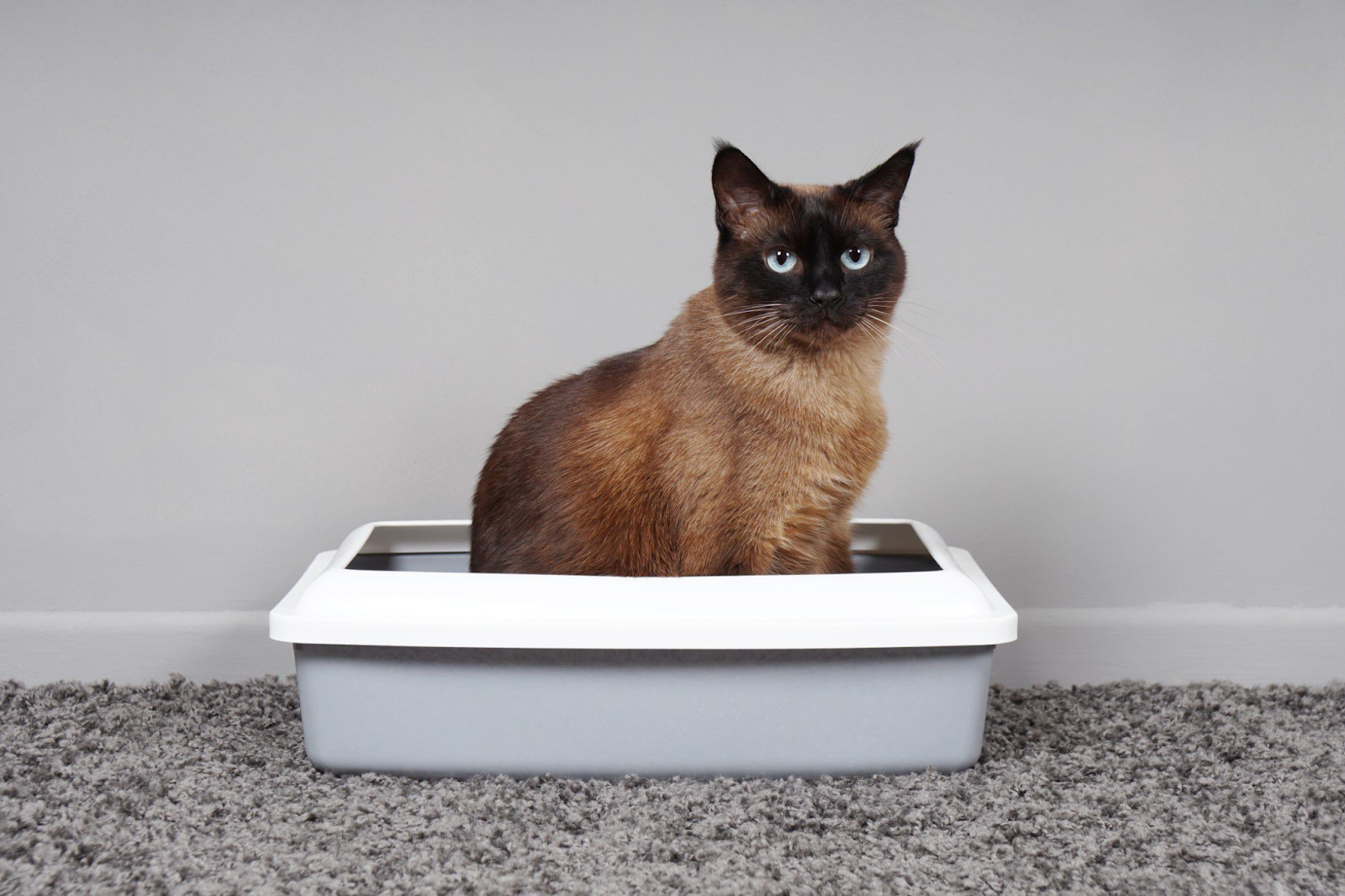
When dealing with aggressive litter box behavior, you need to understand the underlying causes and address them promptly. Litter box aggression can occur when cats feel threatened or territorial in their designated bathroom area. It may manifest as hissing, growling, or even physical attacks towards other cats or humans using the litter box.
To alleviate this issue, it’s important to provide multiple litter boxes in different areas of your home to reduce competition and create a sense of security for each cat. Additionally, ensure that the litter boxes are clean and easily accessible at all times. By addressing these underlying issues of litter box dominance, you can create a more harmonious environment for your feline companions.
Encouraging proper litter box use involves following some simple steps… [transition sentence].
Encouraging Proper Litter Box Use
Encouraging cats to use the litter box correctly involves creating a comfortable and inviting space that they’ll be naturally drawn to. Follow these litter box training tips to ensure your feline friend’s proper bathroom etiquette:
Choose the right location: Place the litter box in a quiet, accessible area away from their food and water bowls. Cats prefer privacy when they’re doing their business.
Use the right type of litter: Experiment with different textures and find out what your cat prefers. Most cats prefer unscented clumping litter because it closely resembles natural soil.
Keep it clean: Scoop the litter at least once daily and completely change it every week. Cats are clean animals and may avoid a dirty litter box.
Remember, positive reinforcement is key! Praise your cat when they use the litter box correctly, but never punish them for accidents outside the box. With patience and consistency, you can successfully encourage proper litter box use in your furry companion.
Frequently Asked Questions
How do I introduce a new litter box to my cat?
To introduce a new litter box to your cat, place it in a different location from the existing one. Ensure the box is clean and filled with familiar litter. If your cat shows aversion, consult a veterinarian for further troubleshooting.
Is it normal for my cat to eliminate outside the litter box when stressed?
Yes, it is common for cats to eliminate outside the litter box when stressed. For example, some cats may urinate on your bed or couch. To address this issue, try providing a calm and secure environment for your cat and consider using pheromone diffusers to reduce their stress levels.
How often should I clean the litter box to prevent unwanted odors?
To prevent unwanted odors, clean the litter box at least once a day. Use an odor-neutralizing litter and consider using a litter box with a hood or high sides for small spaces.
What are some effective ways to minimize litter tracking around the house?
To minimize litter tracking, place a mat outside the litter box to catch stray particles. Position the box away from high-traffic areas and use a covered or high-sided box. Regularly clean the box to prevent excess litter from being tracked.
How can I prevent my cat from attacking other cats while using the litter box?
To prevent litter box aggression, train your cats to use separate litter boxes. Minimize territorial issues by providing multiple boxes in different locations. Address anxiety by creating a calm environment and resolving resource guarding through positive reinforcement techniques.
Conclusion
In conclusion, tackling litter box problems can be a breeze with the right approach. By addressing issues such as litter box aversion, inappropriate elimination, overcrowding, odors, tracking litter, and aggressive behavior head-on, you can create a harmonious environment for both you and your feline friend.
Remember that prevention is key! With a little patience and some helpful tips under your belt, solving these common problems will be a piece of cake. So don’t let these issues drive you up the wall – take charge and show them who’s boss!
Read more:
The Most Common Cat Behavior Issues And How To Fix Them


